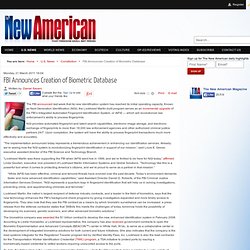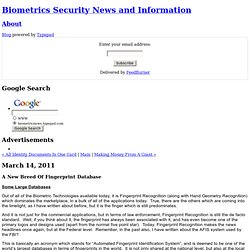

Police et sécurité : protection de l'identité. Proposition de loi de MM.

Jean-René LECERF et Michel HOUEL relative à la protection de l'identité, n° 682, déposée le 27 juillet 2010 et renvoyée à la commission des lois constitutionnelles, de législation, du suffrage universel, du règlement et d'administration générale Travaux des commissions - commission des lois La Commission saisie au fond a nommé M. François Pillet rapporteur le 19 janvier 2011 Rapport n° 432 déposé le 13 avril 2011 : Texte de la commission n° 433 (2010-2011) déposé le 13 avril 2011 Discussion en séance publique au cours de la séance du mardi 31 mai 2011 Proposition de loi relative à la protection de l'identité, adoptée en 1ère lecture par le Sénat le 31 mai 2011 , TA n° 126 Assemblée nationale - 1ère lecture Amendements- Amendements déposés sur le texte n° 3599- Recherche multicritère Travaux des commissions - commission des lois La Commission saisie au fond a nommé M.
Amendements déposés en commission (format pdf) Assemblée nationale - 2e lecture Lecture texte CMP.
IDénum. Biometric databases. The FBI's Next Generation Biometrics: Bigger and Faster but Much Worse for Privacy. Last week, the Center for Constitutional Rights (CCR) and several other organizations released documents from a FOIA lawsuit that expose the concerted efforts of the FBI and DHS to build a massive database of personal and biometric information.

This database, called “Next Generation Identification” (NGI), has been in the works for several years now. However, the documents CCR posted show for the first time how FBI has taken advantage of the DHS Secure Communities program and both DHS and the State Department’s civil biometric data collection programs to build out this $1 billion database. FBI Announces Creation of Biometric Database. NGI provides automated fingerprint and latent search capabilities, electronic image storage, and electronic exchange of fingerprints to more than 18,000 law enforcement agencies and other authorized criminal justice partners 24/7.

Upon completion, the system will have the ability to process fingerprint transactions much more effectively and accurately. “The implementation announced today represents a tremendous achievement in enhancing our identification services. Already, we’re seeing how the NGI system is revolutionizing fingerprint identification in support of our mission,” said Louis E. Grever, executive assistant director of the FBI Science and Technology Branch. “Lockheed Martin was there supporting the FBI when IAFIS went live in 1999, and we’re thrilled to be here for NGI today,” affirmed Linda Gooden, executive vice president of Lockheed Martin Information Systems and Global Solutions.
The use of biometric data is increasing throughout the government. Les USA vont tester la RDA, un scanner ADN « low-cost » Le ministère de la sécurité intérieure (DHS) américain va tester cet été un petit scanner ADN portable capable de vérifier l'identité et la parenté d'un individu "à 99,99%" en moins d'une heure, et pour 100$ seulement, quand une analyse génétique "classique" prend plusieurs jours, voire semaines, et coûte 500$ environ, rapporte l'agence NextGov.

Objectifs : vérifier la parenté des réfugiés et demandeurs d'asile, mais également celle des adultes qui décident de faire adopter leurs enfants, ou qui viennent précisément récupérer des enfants dans le cadre du regroupement familial. CGS : Next Generation Identification - not a DNA database, but just as problematic. The Federal Bureau of Investigation (FBI) has teamed up with the Department of Homeland Security (DHS) to create a “bigger, faster, and better” database of individuals’ biometric data called Next Generation Identification (NGI).

The FBI and DHS currently maintain separate databases with information from people who have come into contact with the criminal justice system, but NGI will merge these preexisting, independent records and supplement them with entries from attorney bar applicants, government employees, and people who work with the elderly or children. Not only will there be more records in NGI, but the different kinds of data collected by different agents will appear all together – name, gender, race, address, social security number, fingerprints, iris scans, photos, as well as border entries and exits.
In addition to the serious potential problems stemming from the sheer size of the database, there are significant issues with the method of biometric data collection itself. Biometrics Security News and Information: A New Breed Of Fingerprint Database. Some Large Databases Out of all of the Biometric Technologies available today, it is Fingerprint Recognition (along with Hand Geometry Recognition) which dominates the marketplace, in a bulk of all of the applications today.

True, there are the others which are coming into the limelight, as I have written about before, but it is the finger which is still predominates. And it is not just for the commercial applications, but in terms of law enforcement, Fingerprint Recognition is still the de facto standard. Well, if you think about it, the fingerprint has always been associated with it, and has even become one of the primary logos and designs used (apart from the normal five point star). CNIE / Initiatives Gouvernemantales. Bio-iris-project-review-pilot.pdf (Objet application/pdf)